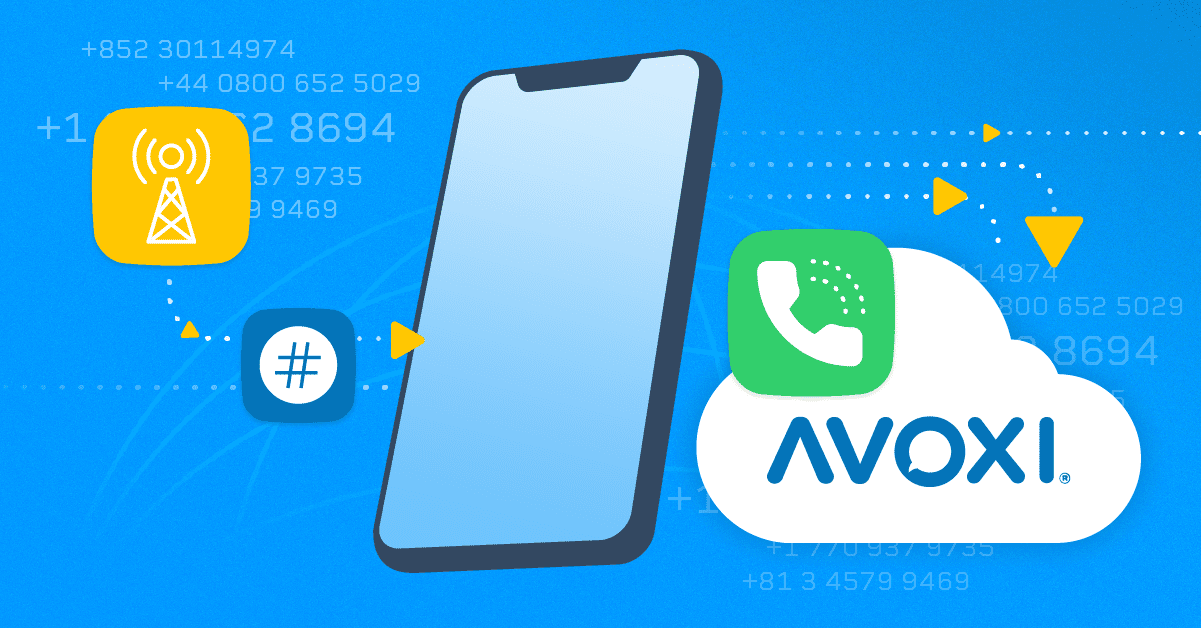Porting
Porting
What is Porting?
Porting refers to the process of transferring a telephone number from one service provider to another. This applies to both landline and mobile numbers and allows users to retain their existing phone numbers while changing service providers. The porting process is regulated by telecommunications authorities to ensure that consumers can switch carriers without losing their contact numbers.
Importance of Porting
Customer Retention
By allowing customers to retain their numbers when switching services, call centers can reduce churn. Customers are less likely to leave a service if they know they won’t have to update their contact information or lose touch with important contacts.
Seamless Transitions
For businesses upgrading their communication systems, porting facilitates a smooth transition. Call centers can upgrade to better technologies or services without the risk of losing existing clients due to number changes.
Brand Continuity
Maintaining the same phone number contributes to brand consistency. Customers who recognize and trust a particular number are more likely to call again, fostering customer loyalty.
Enhanced Communication
Porting enables call centers to adopt newer technologies or features offered by different carriers, improving overall communication capabilities without disrupting existing contact methods.
Benefits of Porting
Customers can find better rates or more suitable service plans with new providers while keeping their original numbers. This can lead to significant savings over time.
Porting allows users to switch providers based on their changing needs. Whether it’s better service, improved features or lower costs, customers have the flexibility to make choices that best serve their needs.
Keeping the same number means avoiding the hassle of notifying contacts of a new number, which can often lead to lost communications and customer frustration.
Businesses can move to service providers that offer better customer support, higher reliability or advanced features, thereby enhancing overall service quality.
In many countries, regulations ensure that customers can port their numbers easily and without excessive fees, protecting consumer rights in the telecommunications market.
The Porting Process
Check Eligibility
Before initiating a port, it’s important to check whether the number is eligible for porting. Factors such as outstanding balances or service contracts may affect eligibility.
Choose a New Provider
Research and select a new service provider that meets your needs. Compare features, pricing and customer service ratings to make an informed decision.
Initiate the Port
Contact the new provider to begin the porting process. You will typically need to provide your current account details, including your phone number, account number and possibly a PIN or password.
Wait for Confirmation
Once the new provider submits the porting request to the old provider, there may be a waiting period. This can range from a few hours to a few days, depending on the providers involved.
Porting Completion
After the porting request is approved, the new provider will notify you when the porting is complete. At this point, your number will be active on the new service and you can discontinue service with the old provider.
Testing
After porting, it’s crucial to test the phone number on the new network to ensure that calls are functioning correctly and that there are no issues.
Best Practices for Porting
Before choosing a new provider, research their services and reputation. Look for reviews and ratings from other customers to ensure they will meet your needs.
Inform your current provider that you plan to port your number. This can sometimes help resolve any potential issues ahead of time.
Do not cancel your existing service until the port is successfully completed. Canceling early can lead to complications and possibly losing your number.
Ensure that all account information, such as account numbers and passwords, is accurate. Incorrect details can delay the porting process.
Keep in touch with both your old and new providers during the porting process. This will help you stay informed of any issues that may arise.
If there are any temporary issues during the transition, make sure to notify important contacts about your new provider’s services.
Familiarize yourself with any local regulations regarding number portability. These can differ from one region to another and can impact your porting experience.
Conclusion
Porting is a vital process that allows individuals and businesses to maintain their existing phone numbers while switching service providers. Understanding its importance can significantly enhance customer retention and satisfaction. The benefits of porting include cost efficiency, flexibility and improved service quality, making it a practical choice for anyone looking to change providers. Contact AVOXI to learn more about the porting process and how you can ensure a seamless transition and maintain effective communication with your contacts.
Additional Resources

PSTN Replacement
Guide to Voice Termination Services

Retain Phone Number
International
Number Porting

Virtual Phone Line
Benefits of
SIP Trunking
Interested in Learning More?
AVOXI is the cloud communication platform of choice for enterprises and companies with international markets. The road to modernized communications has never been easier, learn what AVOXI can do for you today.